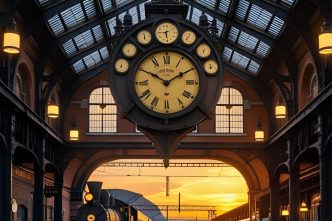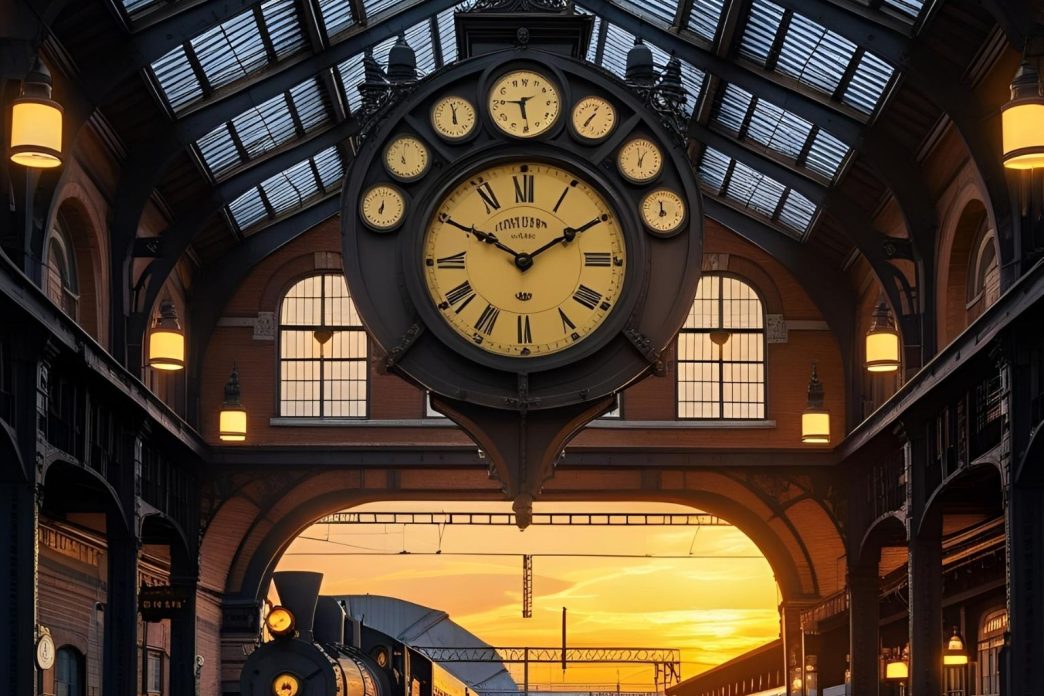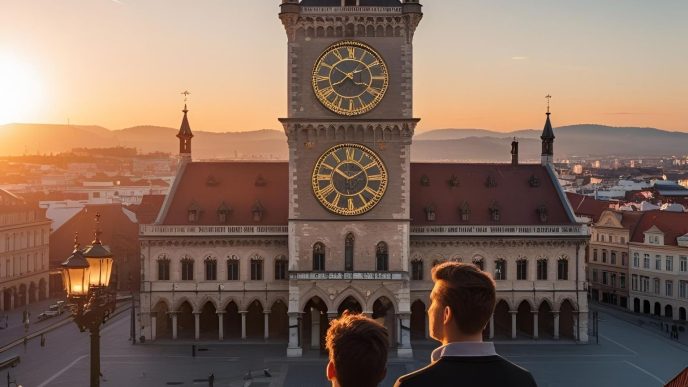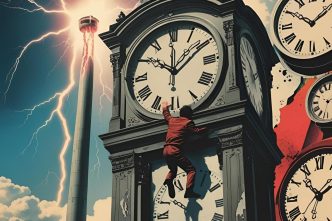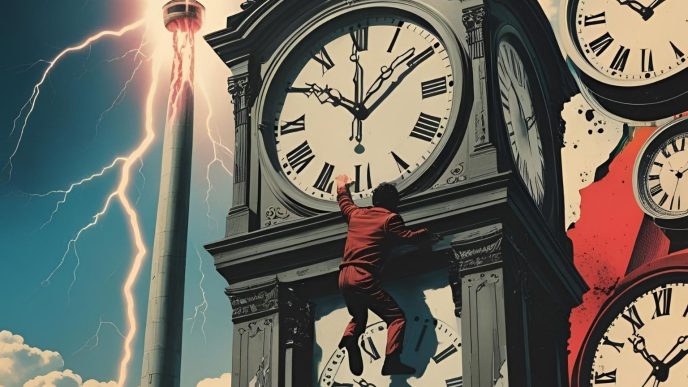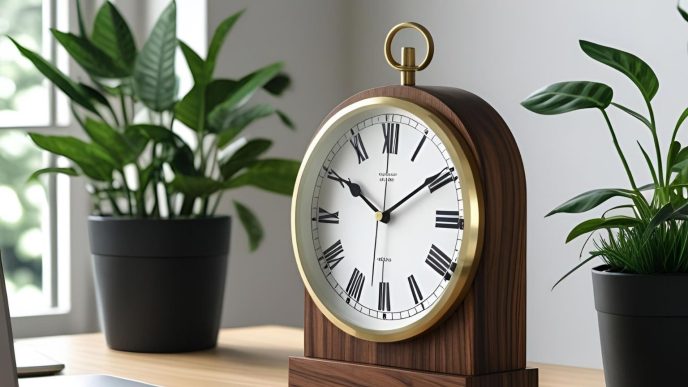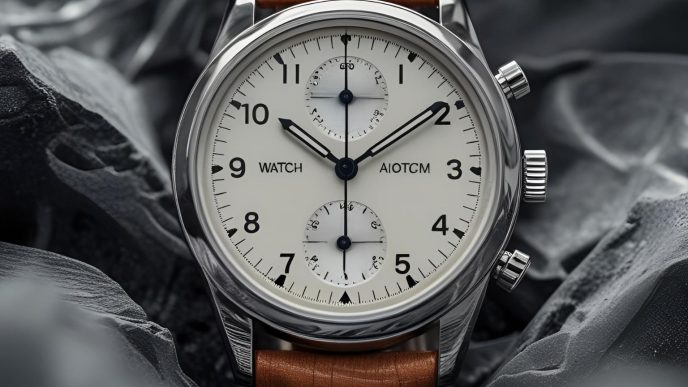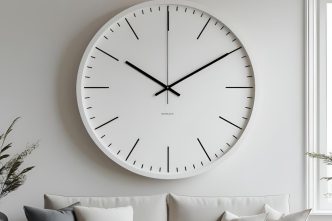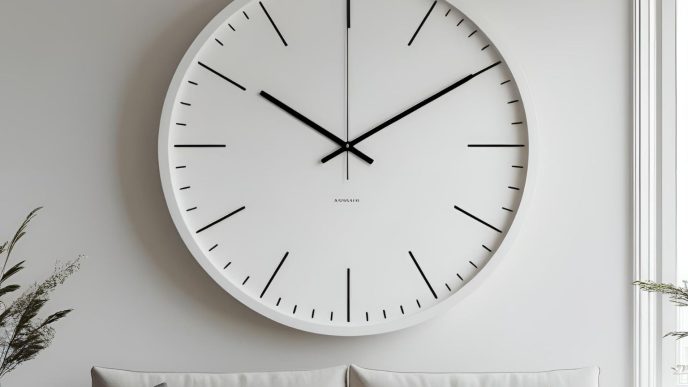With the Industrial Revolution, the way we perceive and manage time changed forever. As people began traveling between cities more frequently, public clocks—especially those in train stations—became both functional necessities and architectural statements. Today, historic train station clocks are more than relics; they are treasured artifacts for collectors who appreciate history, mechanics, and design.
Giants That Ruled Time
From the mid-19th century onward, large clocks became staples of train stations, both on facades and within vast ticket halls. Their purpose was straightforward: to provide travelers with accurate departure and arrival times. Yet their design was often elaborate, aligning with the grandeur of the buildings they adorned.
Many station clocks operated with weight-driven or pendulum-based mechanical systems, housed in robust iron casings or elegant wooden frames. These timepieces symbolized not only punctuality but also authority and permanence, reinforcing the station’s role as a central hub of society.
What Attracts Collectors?
Today, these clocks are highly sought-after by collectors—not only horologists, but also enthusiasts of industrial design, architectural history, and functional antiques. Original station clocks from renowned manufacturers or iconic stations can command high prices, especially if their mechanisms are intact.
Some collectors go as far as to restore and display these clocks in homes or offices. In doing so, they preserve a piece of the past and give it new life in a modern context. These clocks aren’t just decorative—they carry stories, significance, and craftsmanship rarely found in today’s mass-produced items.
Museums and Modern Spaces
Although many original station clocks no longer serve their practical purpose, they continue to live on in museums and as design elements in contemporary architecture. Interior designers often use them as vintage focal points in modern settings.
Famous examples like the clocks at Paris Gare de Lyon, London Paddington, and Berlin Hauptbahnhof remain iconic fixtures in their cities—still ticking, still guiding, still inspiring. For collectors, these clocks represent more than time—they are machines that carry the soul of a bygone era.


